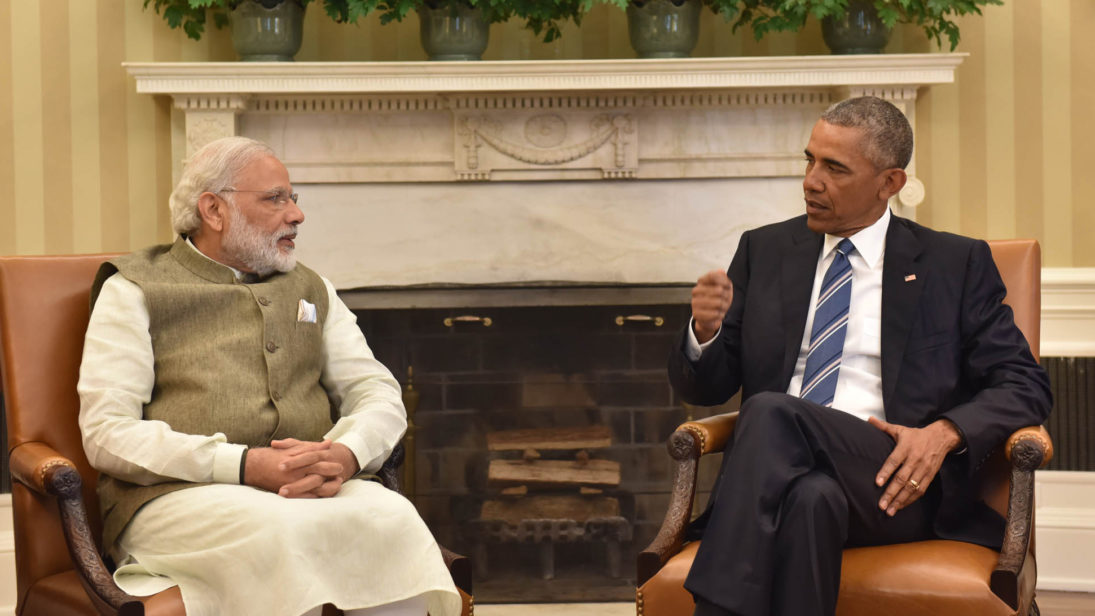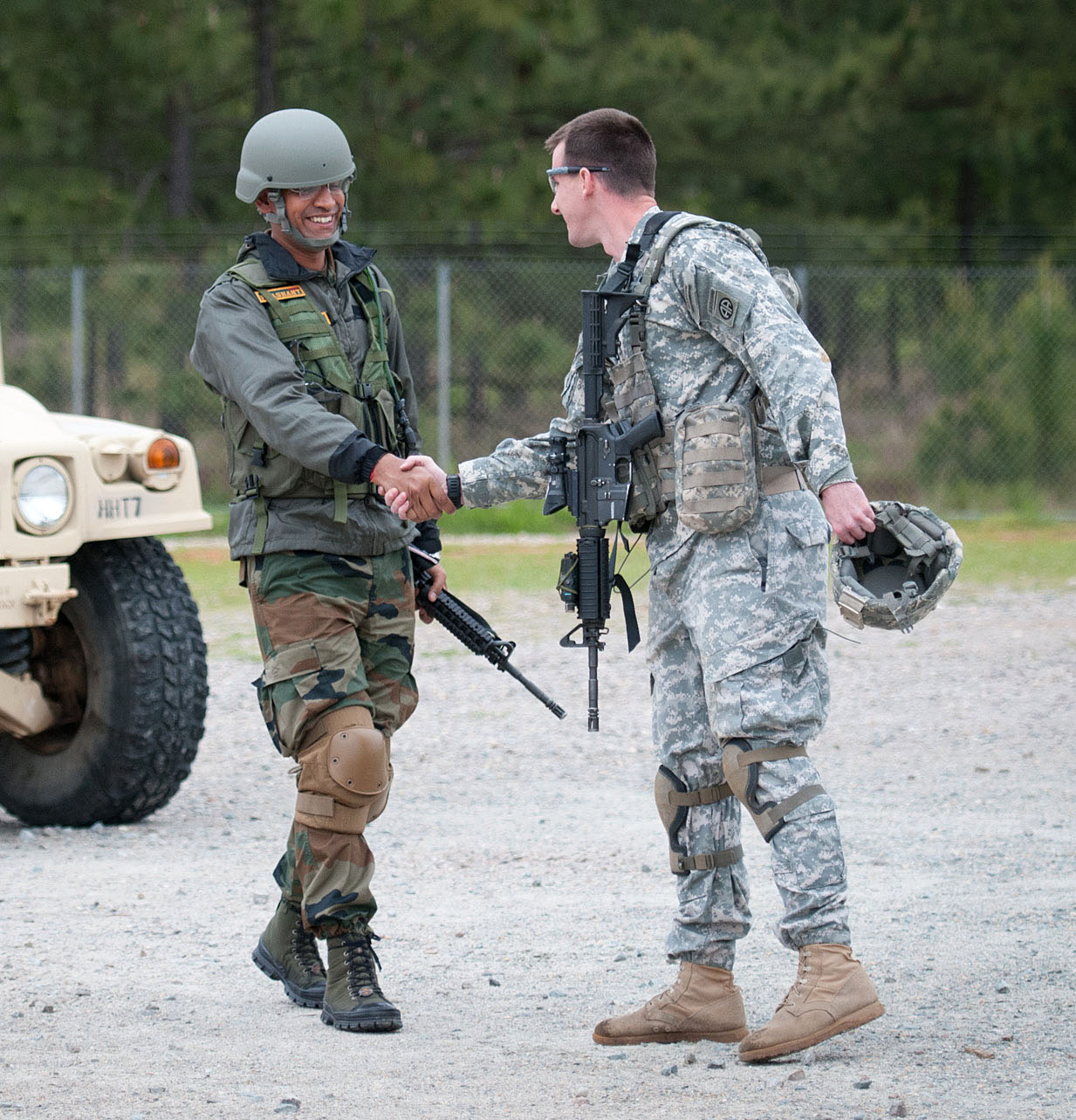
The successor to President Barack Obama will soon enter the White House. One of Obama’s top foreign policy priorities has been to take the United States-India strategic partnership forward, and this is likely to continue under the new president. However, India and the United States must consider the impact that their closer ties will have on other countries in the region. Both countries have to take into account how their growing relationship will affect their individual relationships with China, with which both have robust economic ties. More broadly, both Washington and New Delhi will have to manage some of the less desirous outcomes of their burgeoning military-to-military ties, such as growing ties between China and Pakistan and perhaps even Russia. Furthermore, the American role in Afghanistan is at a crossroads where the United States seems to be more welcoming of India’s influence. However, this seems to be taking place at the risk of alienating Pakistan, which the United States remains reliant upon to bring the Taliban to the negotiating table. Washington’s willingness to alienate Islamabad further indicates its impatience with Pakistan’s refusal to crack down on anti-India terror groups, despite supposedly being a major ally of the war on global terrorism.
An area in which closer ties between India and the United States have irritated China is growing American support for India’s claim to Arunachal Pradesh, which China contests. In the latest incident, U.S. Ambassador to India Richard Verma raised some eyebrows when he visited Arunachal Pradesh during the October Tawang Festival. This visit came on the heels of a U.S. diplomat’s statement that the United States considers Arunachal Pradesh “an integral part of India.” In response to these developments, the Chinese Foreign Ministry noted, “China and India are wise and capable enough to deal with their own issue and safeguard the fundamental and long-term interests of the two peoples. The intervention of any third party will only complicate the issue and is highly irresponsible.” It seems likely that closer political alignment between India and the United States will continue to antagonize China and other actors in the region.
The signing of the Logistics Exchange Memorandum of Agreement (LEMOA), while limited in scope and implementation, has opened a new chapter in the U.S.-India defense relationship and served to antagonize Islamabad and Beijing. Even before LEMOA was signed, an editorial published in the state-run Chinese publication Global Times argued, “If India hastily joins the US alliance system, it may irritate China, Pakistan, or even Russia. It may not make India feel safer, but will bring strategic troubles to itself and make itself a center of geopolitical rivalries in Asia.” Once LEMOA was signed, a report by Dawn claimed that the agreement “will have a direct impact on both Pakistan and China.” Russia’s newfound interest in Pakistan’s defense market for potential military exports has compounded concerns that Russia may share similar concerns. At this point, however, it is important not to exaggerate Moscow’s position as Russia is still a primary defense supplier to India. Nonetheless, Washington and New Delhi should be mindful of how other countries perceive their improving defense ties, especially as increases in trade, interoperability exercises between Indian and American forces, and enthusiasm by U.S. allies such as Australia and Japan to partner with India provide plenty of ammunition for concern.

In Afghanistan, the United States has welcomed a greater role for India in the war-torn country even at the risk of alienating Pakistan, whom the United States has traditionally depended upon for influence. The United States desires a greater role for India not only in training Afghan soldiers but also in augmenting its military supplies. Commenting on India’s recent commitment for a $1 billion aid pledge to Afghanistan, Deputy Spokesperson at the State Department Mark Toner said, “The fact that India is willing to invest in that future (of Afghanistan), we view it as a very positive sign and we appreciate India’s effort.” In response to the growing relationship between Afghanistan, India, and the United States, Pakistan’s Foreign Ministry raised concerns over their recent trilateral talks, and cautioned that such developments should not contribute to disrupting the strategic balance.
It is worth reflecting on the idea that closer relations between India and the United States imply a broader American impatience with Pakistan’s reluctance to target certain extremist groups targeting Afghanistan and India. Jeffrey Goldberg’s recent report for The Atlantic pointed out that President Obama “privately questions why Pakistan, which he believes is a disastrously dysfunctional country, should be considered an ally of the U.S. at all.” Other American politicians seem to understand the folly of Pakistan nurturing jihadist groups to further its strategic interests. A signal reflecting this position is the ambivalent American reaction to the surgical strikes that India carried out inside Pakistan-administered Kashmir, in response to the Uri attacks. For example, in response to a question on the surgical strikes, State Department Spokesperson John Kirby stated, “We’ve repeatedly expressed our concerns regarding the danger that terrorism poses to the region. And we all know that terrorism, in many ways, knows no border.” The real task for the new administration would be to do some hardball negotiations with Pakistan to fulfill its obligations on counter-terrorism and stop dealing with violent non-state actors whose activities are detrimental to stability in South Asia. Given the United States’ lack of consistent track record in taking Pakistan to task, a bit of skepticism on this front is warranted. However, the United States certainly has the capability to pressure Pakistan to cease harboring and exporting terror, and President Obama’s successor must express a willingness to do so.
Finally, Washington has to keep an eye on new developments on the “all-weather” friendship between China and Pakistan that could be unfavorable to the American role in South Asia. Closer ties between China and Pakistan highlight the fact that the recent partnership between India and the United States does not exist in a vacuum, and is bound to ruffle feathers among other countries. Regardless of these developments, however, India still needs American assistance to fulfill its global aspirations, and the United States still needs India’s assistance to fulfill its strategic aspirations in Asia-Pacific and the Indian Ocean region. Hence, any sort of slackening on the Indo-U.S. partnership from the new administration would be a major folly.
Editor’s note: As the United States goes to the polls next week to elect a new leader, South Asian Voices contributors Hamzah Rifaat Hussain, Pranay Kotasthane, Sana Ali, and Monish Tourangbam analyze what the next U.S. president’s policy priorities should be in South Asia, why the region is critical to American interests, and what implications U.S. policies can have for stability in the region. Read the entire series here.
***
Image 1: US Embassy New Delhi, Flickr
Image 2: Sgt. Michael J. Macleod, US Army


